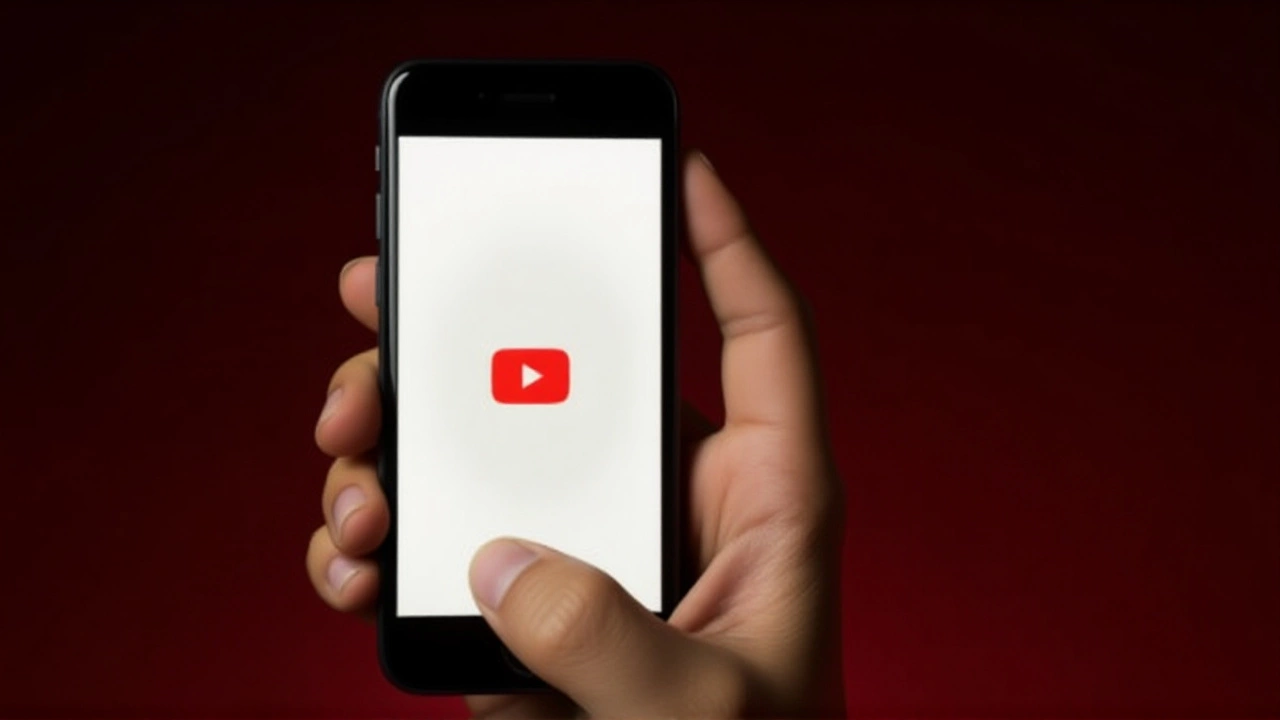YouTube redesign – what’s new and why it matters
When working with YouTube redesign, a comprehensive overhaul of the video platform’s look, recommendation engine, and creator features aimed at boosting engagement. Also known as YouTube UI revamp, it redefines how viewers browse videos and how creators earn revenue.
The first major component is the user interface, the visual layout that users interact with on desktop and mobile. A cleaner homepage, larger thumbnails, and a more intuitive navigation bar all YouTube redesign encompasses. The second pillar is the algorithm, the set of machine‑learning rules that decide which videos appear in recommendations and search results. The redesign requires the algorithm to prioritize fresh content, community‑driven playlists, and shorter watch‑time loops. Together, UI changes and algorithm tweaks create a feedback loop: a smoother interface encourages longer sessions, which feeds richer data back to the algorithm, which in turn surfaces more relevant videos. This loop is the core semantic triple that drives the platform’s new growth model.
For content creators, the redesign brings a suite of updated tools. Dashboard analytics now break down audience retention by minute, helping creators fine‑tune their video lengths. Monetization settings have been integrated directly into the upload flow, allowing faster ad‑revenue activation. These creator‑focused updates intersect with the broader platform changes: a better UI reduces friction for viewers, the algorithm surfaces creator‑friendly formats, and the new monetization pathways incentivize higher‑quality productions. This three‑entity relationship—UI, algorithm, creator tools—mirrors the patterns you’ll see in our collection of posts, from discussions on AI’s role in media to the impact of tech trends on entertainment consumption.
Beyond the surface changes, the redesign also touches policy enforcement. Community guidelines are now highlighted in the upload overlay, making it easier for creators to stay compliant. This ties back to the algorithm, which can demote videos flagged for policy breaches, reinforcing a healthier ecosystem. As a result, the platform’s evolution is not just aesthetic; it’s a structural shift that aligns user experience, recommendation logic, and revenue models.
Below, you’ll find a curated set of articles that unpack each of these angles. From deep dives into how algorithm updates affect watch patterns to case studies on creator earnings after the UI overhaul, the posts give you actionable insights and real‑world data. Keep scrolling to explore the full breadth of coverage on the YouTube redesign and its ripple effects across digital media.
YouTube Redesign Rolls Out Globally with New Controls, Like Animations and Threaded Comments
YouTube rolls out its biggest player redesign in a decade, adding sleek controls, animated likes and threaded comments as TV becomes its top viewing device.





